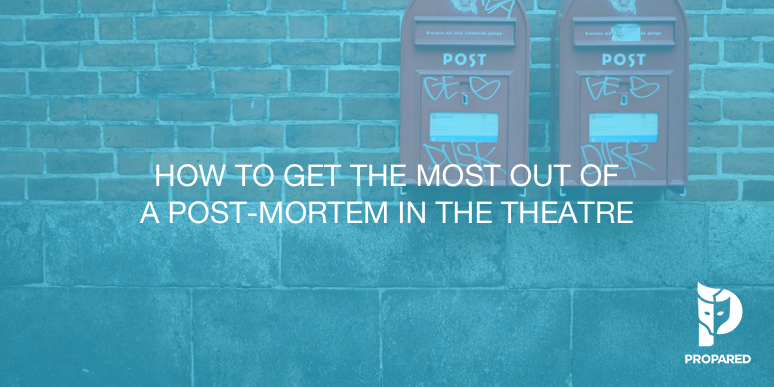
As a stage manager and production manager, I don’t create a contact sheet for my health. It is a valuable tool that benefits everyone in a production by enabling us to see who is involved and reach out to others as needed.
The vast majority of contact lists I come across have been created in Microsoft Excel and then shared via email or posted to a website. These documents are difficult to access and utilize. We either have to dig through a list of sub-folders, or find the email to which it was attached. From there, we can’t do anything directly with the information. Instead we must copy the phone number or email address out of the document and into our phone or email program.
The only thing we can really do is see who is involved in a production. But in today’s work environment, even that is becoming increasingly difficult to accomplish. The information can quickly fall out-of-date, as pre-planning processes begin often without the full slate of crew in place (this is especially true for event companies who rely primarily on freelancers to accomplish their production needs). After all, it’s annoying to be bombarded with emails every time a person is added or phone number is updated.
A contact list, like a production schedule, is a living document that changes on a regular basis as a production lurches towards opening. Therefore, its format should enable us to do two things.
1. Instantly connect with another member of the production.
As technological advances take hold in other parts of the industry, it is expected that we stay in line with this quickening pace of decision-making and information sharing. Rather than resist this wave, we must use our creativity to adapt our systems as well.
2. Feel confident that the contact sheet is up to date
It is becoming increasingly unworkable to maintain records, whether they are on a computer or in a binder, that must require constant manual updating. This is time that cannot be spared as our deadlines get shorter, our rehearsal periods shrink, and the number of projects we work on simultaneously increases.
As production managers and stage managers, we primarily use Excel because it is very easy to input information into a spreadsheet. We also have few other options that make much sense.
The time has come for us as an industry to think of some better ways to share and consume a contact sheet, keeping in mind its ultimate purpose as a communication tool, not just another document sitting in my inbox.
- What would your ideal contact sheet look like?
- Where would you want to see it?
- How would you use it?



